Vancouver, Canada
Vancouver, city, southwestern British Columbia, Canada. It is the major urban centre of western Canada and the focus of one of the country’s most populous metropolitan regions. Vancouver lies between Burrard Inlet (an arm of the Strait of Georgia) to the north and the Fraser River delta to the south, opposite Vancouver Island. The city is just north of the U.S. state of Washington. It has a fine natural harbour on a superb site facing the sea and mountains. Pop. (2011) 603,502; metro. area, 2,313,328; (2016) 631,486; metro. area, 2,463,431.
History
The region had long been inhabited by several Native American (First Nations) peoples when a trading post, Fort Langley, was set up by the Hudson’s Bay Company in 1827 near the mouth of the Fraser River. Few people of European descent lived in the area until the late 1850s, when the town of New Westminster (now a suburb of Vancouver) was established near the site of the original fort (in 1839 the fort itself had been relocated a little farther upstream). Thousands of miners, mostly from California, flooded into the region in the 1860s, attracted by the gold rush in the Cariboo Mountains to the northeast. Besides the Scottish, who were very influential in Vancouver’s early years, Americans had a notable impact on the city. The suggestion to name it Vancouver was made by an American, William Van Horne, president of the Canadian Pacific Railway. And the city’s most-often elected mayor (nine nonconsecutive terms from 1919 to 1933), L.D. Taylor, was originally from the United States. Moreover, the first important industry in the area, a sawmill on Burrard Inlet, was owned by an American. Finally, the first major industry not reliant on local natural resources, a still-active sugar refinery, was started by an American.
Vancouver was originally a small sawmilling settlement, called Granville in the 1870s. It was incorporated as a city in April 1886 (just before it became the western terminus of the first trans-Canada railway, the Canadian Pacific) and was renamed to honour the English navigator George Vancouver, of the Royal Navy, who had explored and surveyed the coast in 1792. A disastrous fire just two months after incorporation destroyed the city in less than an hour. The city recovered, however, to become a prosperous port, aided in part by the opening of the Panama Canal (1914), which made it economically feasible to export grain and lumber from Vancouver to the east coast of the United States and to Europe.
In 1929 two large suburbs to the south, Point Grey and South Vancouver, amalgamated with Vancouver, and its metropolitan area became the third most populous in Canada. By the 1930s Vancouver was Canada’s major Pacific coast port. After World War II it developed into Canada’s main business hub for trade with Asia and the Pacific Rim.
The city has long been a popular destination for immigrants both from other parts of Canada and from overseas. Notable has been the influx of East Asians, primarily Chinese, especially since World War II. Anti-Asian riots and outbreaks of violence were not infrequent during the city’s earliest years. Resistance to Asian immigration was also evidenced in the Komagata Maru incident of 1914, in which the ship of that name, carrying more than 300 Indians, was not allowed to disembark its passengers (all British subjects) and was forced to return to India.
Source:







